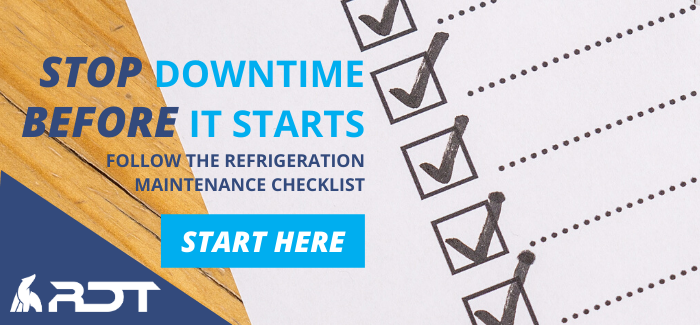An Early Look at 2020 Food Safety Trends

Multi-state, foodborne illnesses continue to affect American consumers, and not only from farm-to-supermarket. Downstream food service operations like those found in K-12 cafeterias, hotel restaurants, and at sports stadiums are often the site of consumer food poisoning incidents.
A number of new food safety regulations are set for final implementation by end-of-year 2019, including the compliance of small businesses to follow new Produce Safety Rules (PSR) by Jan. 28, 2020 following several E. Coli outbreaks linked to leafy greens. Looking ahead to 2020, food safety trends will include improved process monitoring, new labeling guidelines, and supply chain traceability that may help satisfy the demands from an involved consumer base.
A number of high-profile and large-scale food recalls have dominated headlines. These very public recalls can damage the reputation of a business and negatively affect an operation's bottom line, as consumers vote with their wallet. Even though technology is making food safety easier and more accessible, food regulators are becoming quicker in responding to consumer demand for higher food standards.
Here is an early look at 2020 food safety trends that operators should know:
Increase Safety in Restaurants and Home Delivery Services
We can look at recent examples such as McDonald's and Chipotle where hundreds of people across the country fell ill. In each case, the culprits seemed to be either tainted lettuce in salads or food is left out at unsafe temperatures causing Clostridium perfringens bacteria to form. And since dining trends are changing with a dramatic increase in home delivery food services, there will be increased pressure on using technology to automate some food handling processes, even the prep work done in the kitchens of big chain restaurants.
"According to the CDC, an estimated 48 million Americans (1 in 6) get sick, 128,000 are hospitalized, and 3,000 die of foodborne illness every year. By limiting human contact with food items, robots reduce the risk of contamination leading to foodborne illnesses."
Expect More Digital Solutions for Greater Supply Chain Traceability
There are many digital solutions that can increase supply chain traceability. Digital sensors that monitor temperatures and humidity, door closure sensors, and a host of other monitoring systems are starting to see wider use. These sensors can can offset instances that are prone to human error. Also, many food processors and food services still use the traditional office procedures of manual tracking, billing, and inventory systems that are not conducive to supporting supply chain traceability.
Food supply chain traceability has two main directions; tracking the forward movement of food products to the end customer and tracing manufacturers back in the food supply chain. This way, when a foodborne illness outbreak does occur, regulators have a procedure to figure out the source of a particular product. Digital tracking and sensors can help you eliminate the chances of a public health crisis.
Expect Better Safe Date Labeling and Product Clarification
While this topic may not look like a food safety trend, it is a reaction to widespread consumers complaints between what foods are technically and truly "organic", "natural" and "healthy". Particularly, which of these food categories do not contain any hormones, antibiotics or artificial flavors. Hotel, restaurants, and K-12 cafeterias that are marketing healthy menu choices need these product clarifications to satisfy their customers.
These types of labels along with the "Use By This Date" (or the Standardized Date Labeling) on food will be scrutinized to make sure these time frames are within acceptable standards - not only for freshness, but also to reduce the chance of bacterial colonization that contributes to most outbreaks of foodborne illness.
Storing Foods Safely Is Still a Major Concern
Bad food is dangerous to customers and costly to operators. That's why storing foods safely and reliably is so important, and food storage requires equipment that won't break down. With RDT's refrigeration systems, redundancy and the ability to provide temperature alarm and reporting are part of the equation, but so, too, must be properly maintaining and cleaning your refrigeration equipment. Get some quick tips by downloading our maintenance tips sheet to learn more.




.png?width=500&name=rdt%20blog%20post%20(3).png)